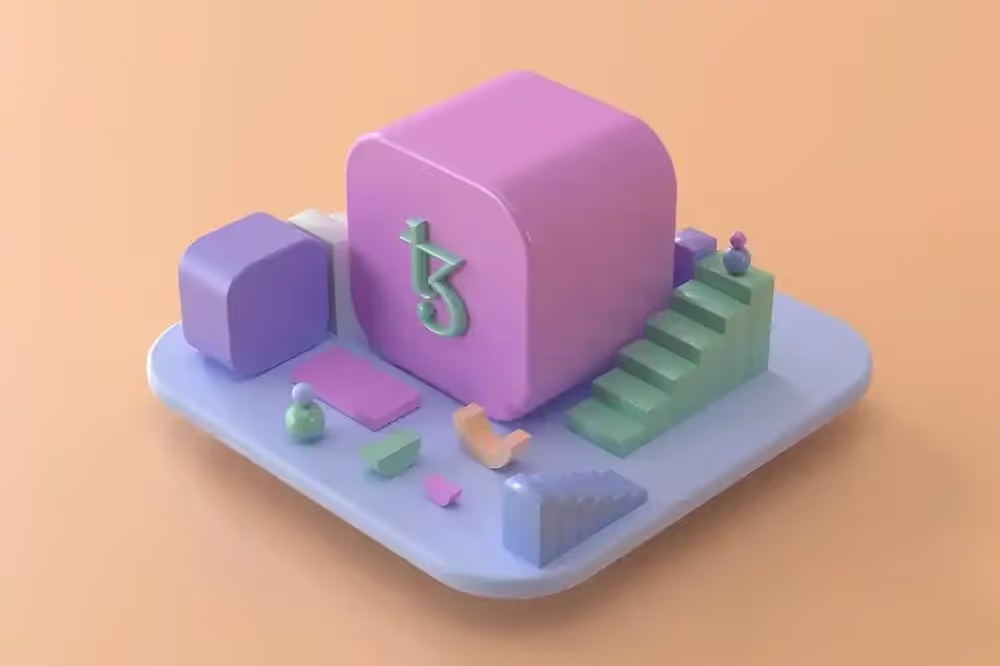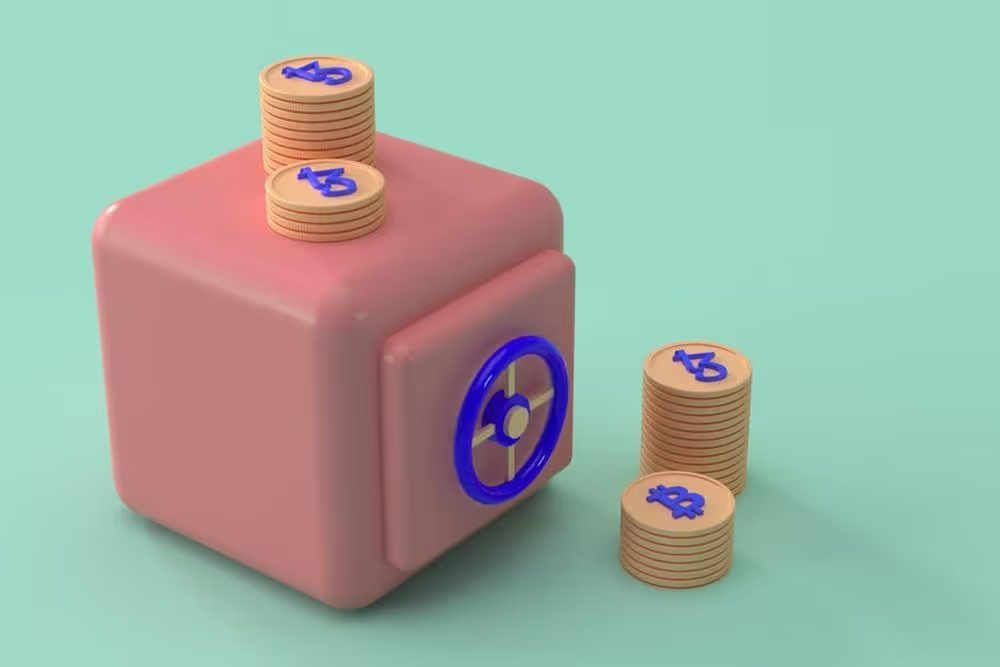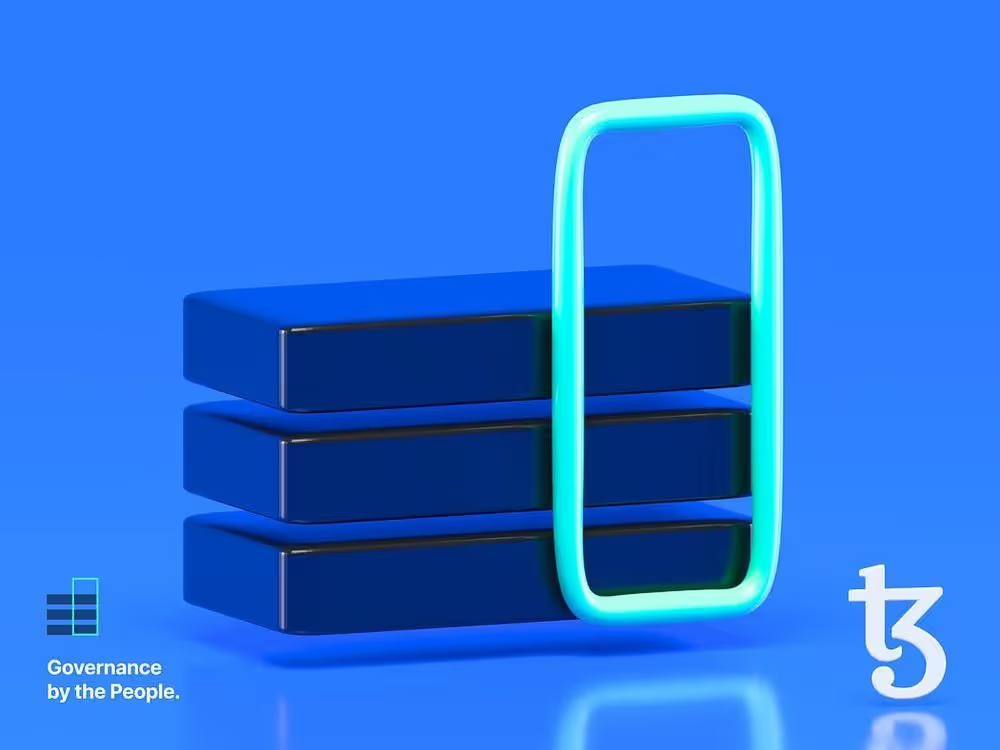What is a DAO? Decentralized Autonomous Organizations, Explained
What does it mean to be “decentralized”? The centralization of governance / authority / decision-making / accountability is the dominant organizational paradigm of the day.
8 minute read

Unless you’re very new to the world of blockchain technology, there’s a pretty good chance that you’ve heard the term “DAO” or “Decentralized Autonomous Organization” at least a few times. DAOs play a crucial role in the functioning and governance of many important entities operating across the blockchain world — nowhere more so than right here in the ecosystem.
But what exactly is a DAO? How do DAOs operate? And, what role do DAOs actually play in today’s rapidly-evolving blockchain landscape?
To answer these important questions, I enlisted the help of one of the smartest DAO experts I know: Andrei Taranu — Decentralist Product Manager at Web 3.0 Development Collective “dOrg”.
With Andrei’s assistance, I began my journey to unpack decentralized autonomous 0rganizations and their important place in the world of blockchain technology…
What is a DAO? #
“DAO stands for Decentralized Autonomous Organization. As a concept, this has been around for some time in the form of “professional collectives”, which were tried out in some communist establishments, most notably (and successfully) in Spain, where we have the Mondragon Corporation. Mondragon has a bunch of enterprises organized as DAOs. They’re not on-chain, but they still vote on who gets to lead and there’s ongoing support for the director of each DAO that can be withdrawn at any point in time. The point is, this concept is not new. However, on-chain DAOs have this unique characteristic that nothing can come between the will of the members and the actual allocation of resources. The framework of an on-chain DAO has an enforcement mechanism built in, which is a tremendous advantage. If there’s an immutable system whereby the majority is provable and undisputed, that’s a paradigm shift in terms of governance.” — Andre Taranu
To understand DAOs and how they operate, the first thing we need to understand is what it really means to be “decentralized”. The centralization of governance / authority / decision-making / accountability is the dominant organizational paradigm of the day. We see it everywhere, from our elected governments to the sports teams we follow to our local pizza shop (and pretty much everywhere in between). This model relies on the assumption that any organized entity requires a single entity or person that is the decision-maker at its head who makes the final call or decision on about how the organization will operate, allocate its resources, and execute its plans. On the other hand, a decentralized model assumes that important strategic decisions can (and should) be made according to the will of the stakeholders operating within that organization — as expressed through collective voting. While a single entity or person may still be required to execute the strategic decisions made by the collective and deal with the small day-to-day decisions the overall strategy necessitates, the responsibility for the larger direction of the organization rests entirely with the collective.
While it is true that historically some organizations have operated and do operate in this way — like the example of the Mondragon Corporation Andre highlighted above — the emergence of blockchain technology as an immutable, simple, fast, and easy to access system for collecting/tabulating votes represents a key step forward in making the decentralized governance model practical and scalable. It’s possible — even easy — for pretty much anyone to establish an on-chain DAO and begin operating a transparent and functional DAO governance model today. In fact, many already have…

How do DAOs fit into today’s Blockchain landscape? #
“Homebase is a DAO tooling framework that allows Tezos users to organize themselves using smart contracts to make proposals, to vote, to allocate resources based on consensus” — Andre Taranu
As mentioned, blockchain technology provides a practical and functional framework for creating and operating a DAO. However, the evolving relationship between DAOs and the blockchain itself is an intrinsically symbiotic one. Blockchain itself, and a large portion of the entities operating in its space, largely function with a DAO governance model baked into their very core.
We’ve all heard that cryptocurrency is referred to as a “decentralized currency” once or twice during our time in this space. The truth is, decentralization is central to the entire ethos behind blockchain technology and the ecosystems built around it. Here in the Tezos ecosystem, for example, the model governing the adoption and implementation of proposed protocol upgrades operates entirely on-chain, with a dozen upgrades already voted on, adopted, and implemented by the Tezos community as of this writing (and a 13th currently in the works).
Every blockchain’s foundation is, effectively, an amalgamation of a series of DAOs (or at least it should be!). As tools and applications are built on top of this base layer (often called “layer 1” or “L1”), the entities building and operating them can bring the same form of transparent, immutable governance forward to help manage the processes involved in their ongoing operation.

Why does any of this matter? #
“It is my belief that DAOs, as a tool for governance on-chain, represent the best that the blockchain has to offer. Besides DeFi applications and all of the things that we can collect, the primary value that is coming out of crypto in general is this ability for us to use a new and more inclusive governance mechanism.” — Andre Taranu
The problems with centralized governance models are well-documented and longstanding. Such models open the door to corruption, allow bad actors with self-serving motives to gain undue influence, and create space for all manner of inefficient and unethical behaviour. These problems were, philosophically, the very reason for the creation of blockchain and cryptocurrency in the first place.
These technologies were founded on the steadfast belief that there is a better, more inclusive way to make the decisions that impact our lives. That we all, as stakeholders in our respective societies and the world at large, deserve to have our say and participate in how things are run, how resources are allocated, what is OK, and what is not.
From a practical standpoint, on-chain DAOs present us with an opportunity to build fully-functional and autonomous organizations and operate those organizations on an ongoing basis through consensus building and true democratization. The fledgling companies, ecosystems, tools, and applications being built out in the blockchain space in 2023 serve as a proving ground for this model, and, at least thus far, the results appear to be largely positive.
As the tools and processes involved in this model are refined and strengthened, this model holds the promise of upending problematic existing structures in many spheres of modern society, from finance to government and beyond. We’ve already seen this model rolled out on a small scale in low-level political processes, but the potential for DAOs to be put to use in more significant ways is very real.
In a world where governments, corporations, and financial institutions hold enormous sway over our daily lives, and one where digital technologies become more indispensable to our ability to function in the world by the day, governance matters (there’s never really been a time when it didn’t!). The decisions made by a minute number of people with massive amounts of authority at the very top of existing centralized structures have a very real impact on every stakeholder in the systems they represent.
If empowering those stakeholders to have a say in the structures of those systems and how they are run becomes a realistic and practical option (which it already may be, or at least will be soon), why wouldn’t we do exactly that?